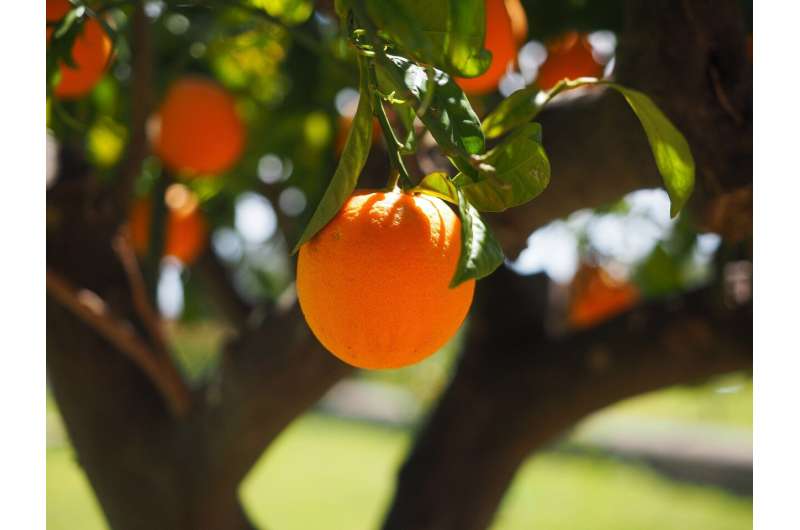Making sustainable polymers from fragrant molecules

A way of making organic polymers from the fragrant molecules in conifers and fruit trees has been developed by scientists at the University of Birmingham.
The technique, developed for 3-D printing applications, could lead to a new generation of sustainable materials for use in biomedical applications or prototyping.
Called terpenes, the molecules are found in the essential oils of a wide variety of plants and are often used in fragrances, cosmetics and other household products. Because they are tricky to extract and process, synthetic versions are often substituted.
Terpenes can also be used to produce resins. This makes them extremely interesting to chemists and engineers investigating new sustainable polymers to replace plastics made from petrochemicals. The challenge is to find a way of processing the terpenes efficiently enough to produce interesting materials.
Researchers in the University of Birmingham's School of Chemistry, have devised a technique for extracting the molecules and converting them into stable resins. By combining them with sulfur-based organic compounds called thiols, the resins can be activated by light to form a solid material. Their results are published in Polymer Chemistry.
Processing the terpenes in this way makes them particularly useful in a 3-D printing process called stereolithography, where objects are built up in multiple layers and fused together under UV light to form 3-D objects.
Lead author, Professor Andrew Dove, explains: "We need to find sustainable ways of making polymer products that do not rely on petrochemicals. Terpenes have been recognized as having real potential in this search and our work is a promising step towards being able to harness these natural products."
Different terpenes produce different material properties and the next step for the team is to investigate those properties more fully to better control them. Although the fragrances are not key to the terpenes' material properties, researchers are interested to see if they can also be harnessed in some products.
More information: Terpene- and Terpenoid-based Polymeric Resins for Stereolithography 3D Printing. Polymer Chemistry, 2019.
Provided by University of Birmingham





















